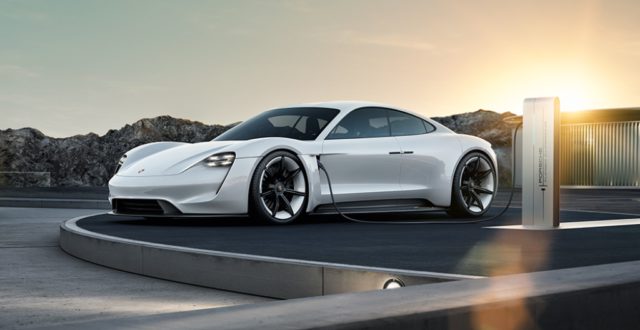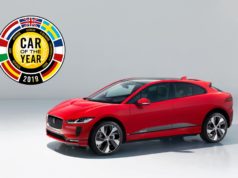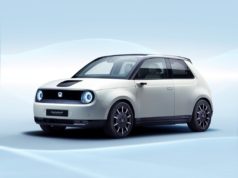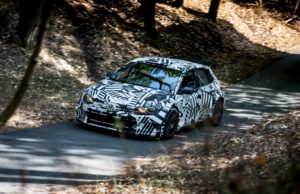Porsche has been putting together an unprecedented future development plan. By 2022, the sports car manufacturer will invest more than six billion euro in electromobility. It would focus on both plug-in hybrids and purely electric vehicles. The decision was made by the Porsche AG Supervisory Board at its most recent meeting.
“We are doubling our expenditure on electromobility from around three billion euro to more than six billion euro”, explains Oliver Blume, Chairman of the Executive Board of Porsche AG. “Alongside the development of our models with combustion engines, we are setting an important course for the future with this decision.”
The plans have been bolstered significantly to include around three billion euro of investment in material assets. Slightly more than three billion euro would be in development costs.
From the additional 3 billion euro, some 500 million euro will be for the development of Mission E variants and derivatives. Around one billion euro would go for electrification and hybridisation of the existing product range. Several hundred million are for the expansion of sites. Plus around 700 million euro are for new technologies, charging infrastructure and smart mobility.
In Zuffenhausen, a new paint shop, assembly area and a conveyor bridge for transporting the painted bodies and drive units to the final assembly area are currently under construction. The existing engine plant is expanding. The aim is to manufacture electric drives. The body shop will also undergo further development. Investment is also planned for the Weissach Development Centre. The Mission E project has created approximately 1200 new jobs.
The purely electric Mission E sports car has a system power of 600 hp. That means that it will require significantly less than 3.5 seconds to sprint from 0 to 100 km/h. It will also be able to accelerate and brake repeatedly without any loss of performance. And it will offer a range of 500 kilometres in the NEDC. The charging time will be very short. Thanks to the 800-V system voltage, it will take just 15 minutes for 400 kilometres.
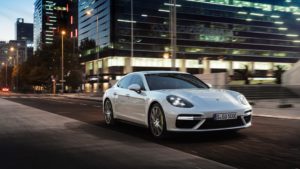 Comprehensive rapid charging infrastructure
Comprehensive rapid charging infrastructure
Porsche, along with Audi, is representing the Volkswagen Group in Ionity, a joint venture with the BMW Group, Daimler AG and Ford Motor Company. The goal of this venture is to construct and operate 400 powerful rapid charging stations along the major European traffic routes by 2020. Construction began back in 2017. To complement the work of Ionity, the Porsche dealer network is becoming part of a nationwide rapid charging infrastructure.
Plug-in hybrid fast becoming a success story at Porsche
The release of the new Panamera sees the third generation of the Porsche plug-in hybrid drive on the road in two different variants. Both variants offer a purely electric range of up to 50 kilometres. The Panamera Turbo S E-Hybrid is the flagship model in the model line – it offers the perfect combination of exceptional performance and maximum efficiency, with a four-litre V8 engine and an electric motor generating a system power of 680 hp. The model is the sportiest car in the luxury segment – and not in spite of, but because of its hybrid drive system.
And customers seem to be very content with the hybrid models available. Since the market launch, around 60 percent of all vehicles in this model line deliveries in Europe had these state-of-the-art drives. This figure was significantly higher on incoming orders in some countries and even reached around 90 percent in Scandinavia.
The Porsche Effect- an exhibit of cars, design and culture – now through the end of the year @Petersen_Museum #Porsche pic.twitter.com/oZKJrHbPMa
— Porsche (@Porsche) February 5, 2018






















